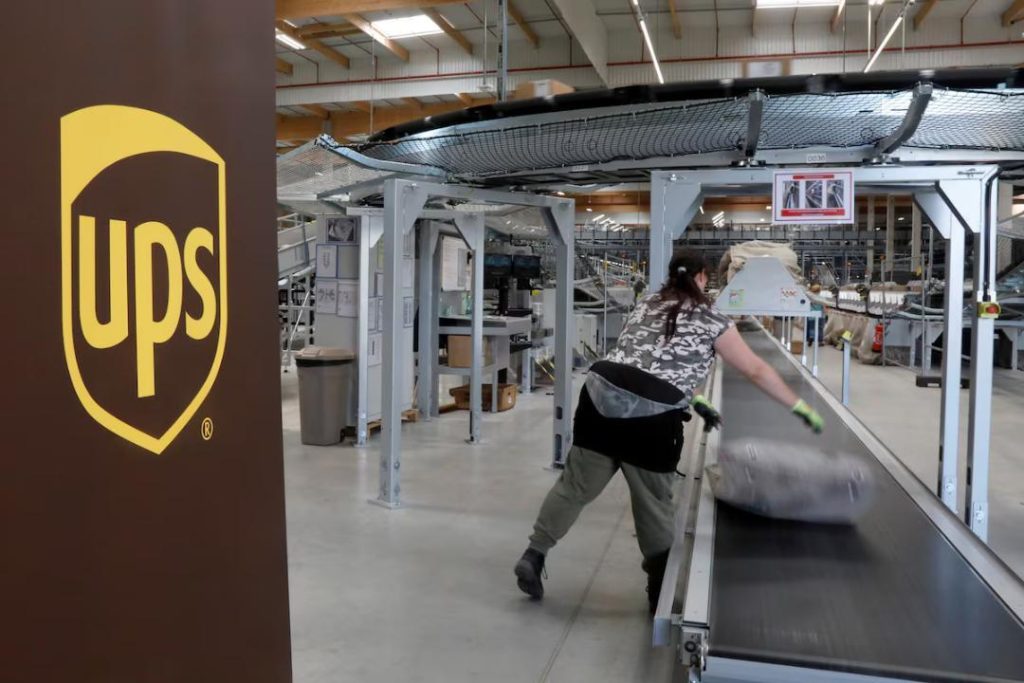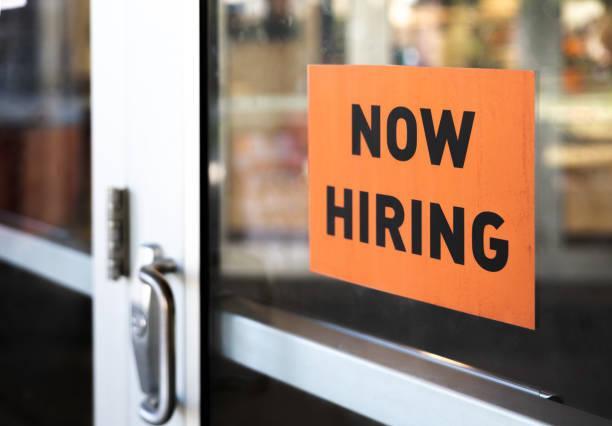
UPS to Cut 20,000 Jobs to Lower Costs and Prepare for Potential Pullback from Amazon
In a move aimed at reducing costs and preparing for a potential pullback from its largest customer, Amazon, United Parcel Service (UPS), the world’s largest package delivery firm, announced on Tuesday that it will cut approximately 20,000 jobs. The company will also shut down 73 facilities as part of its efforts to reconfigure its network and reduce costs across its business.
According to a statement released by UPS, the job cuts will affect various departments, including its operations, administrative, and management teams. The company has not specified which facilities will be closed or which employees will be affected, but it did assure that it will provide support to those who will be leaving the company.
The decision to cut jobs and shut facilities comes as UPS faces increasing competition in the e-commerce delivery market. Amazon, which has been rapidly expanding its own delivery capabilities, has been a major driver of growth for UPS in recent years. However, some analysts have predicted that Amazon may start to pull back on its reliance on UPS and other third-party delivery companies as it continues to build out its own logistics network.
In a statement, UPS CEO Carol Tomé said, “The actions we are taking to reconfigure our network and reduce cost across our business could not be timelier. We are positioning our company for long-term success and profitability, while also ensuring we have the flexibility to adapt to changing market conditions.”
The job cuts and facility closures are part of a broader effort by UPS to reduce its costs and improve its operational efficiency. The company has been investing heavily in technology and automation in recent years, and it is expected to continue to do so in the coming years.
One of the key areas of focus for UPS will be its use of artificial intelligence (AI) and machine learning (ML) to optimize its delivery routes and reduce costs. The company has already begun to deploy AI-powered trucks in select markets, and it plans to expand this technology to more areas in the coming years.
UPS is not the only company in the delivery industry that is facing challenges. FedEx, another major package delivery firm, has also been struggling in recent years, citing rising costs and declining demand for its services. In an effort to stay competitive, FedEx has been investing in new technologies and expanding its services to include more value-added offerings, such as same-day delivery and delivery from stores.
Despite the challenges facing the delivery industry, there is still significant demand for UPS’s services. The company has been growing its business in recent years, driven in part by the rapid growth of e-commerce. In its most recent quarterly earnings report, UPS reported revenue of $23.1 billion, a 4.3% increase from the same period last year.
The job cuts and facility closures announced by UPS are a sign that the company is taking proactive steps to address the challenges it faces. By reducing its costs and improving its operational efficiency, UPS is positioning itself for long-term success and profitability.
In conclusion, UPS’s decision to cut 20,000 jobs and shut 73 facilities is a significant move that reflects the company’s efforts to adapt to changing market conditions. While the job cuts and facility closures may be painful for those who are affected, they are necessary steps to ensure the long-term success and profitability of the company. As the delivery industry continues to evolve, it will be interesting to see how UPS and its competitors respond to the challenges they face.






